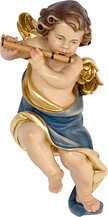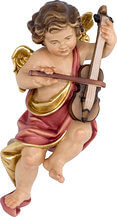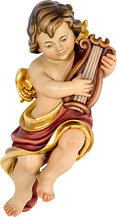The cherubs are sweet, well fed, they look happy and you just have to like them. Children's angels serve as postcard motifs, they smile on shiny paintings sprinkled with glittering dust and can be admired in museums on baroque paintings. But what does the term "cherub" mean, where does the tradition of depicting angels in the form of children come from and what distinguishes cherubs from classical angels?
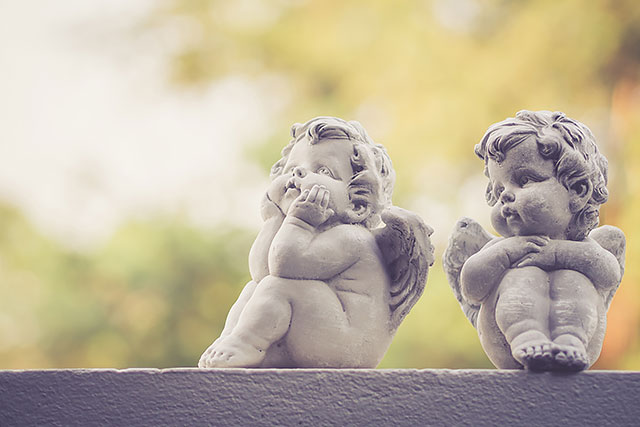
Representations of Putti from antiquity to the present day
The term "putto" means "Knäblein" and can be traced back to the Italian word "putto", whose origin is found in the Latin word "putillus". The cherubs are usually depicted naked or almost undressed and are characterized by their childlike shape and well-fed bodies. Some cherubs carry pairs of wings, others do not. In many churches with baroque coverings you can find figures of cherubs as decorative elements of various shapes. They are carved in stone or depicted in pictures. However, the origin of putti clearly predates the baroque and rococo period.
The Putti have been known since ancient times, where the figures of the boys represented the gods of love. Archaeological findings suggest that the depictions of putti were widespread in both Greek and Roman antiquity. In Christian art cherubs are very common as angels making music - see also our Putti wooden angels. The chubby figures play the flute, trumpet or other instrument and, as a group, represent an entire orchestra. At the latest since the 15th century, the depiction of angels as children has enjoyed great popularity in the Christian cultural area.
More posts
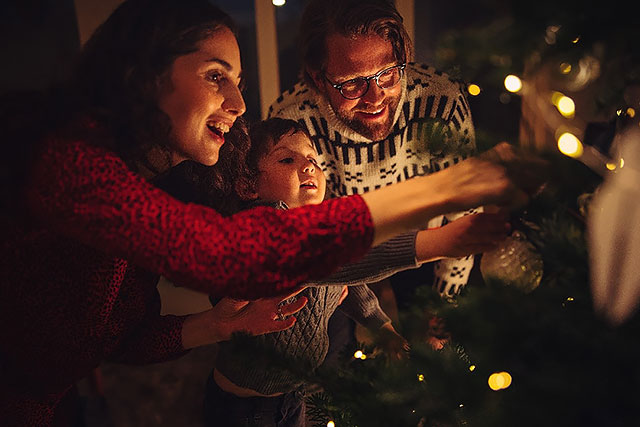
Christmas Eve: Why do we celebrate it?
According to its original meaning, Christians gather on Christmas Eve to celebrate the birth of Jesus. Non-Christian people also celebrate this day as a family holiday with presents. Learn more about the history and meaning of the day as well as traditional Christmas Eve dishes in this article.
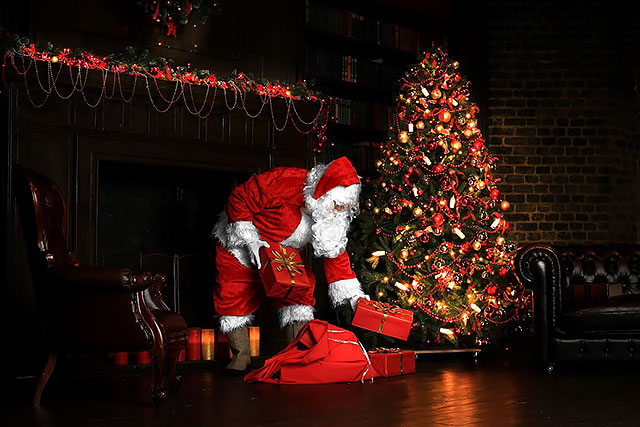
Father Christmas: Who is he really?
As Christmas season approaches, children big and small begin to wait patiently for Father Christmas to arrive. But where does the symbolic figure of Father Christmas come from? And what does he look like in other countries? We give you the answers to these and many other questions in this article.
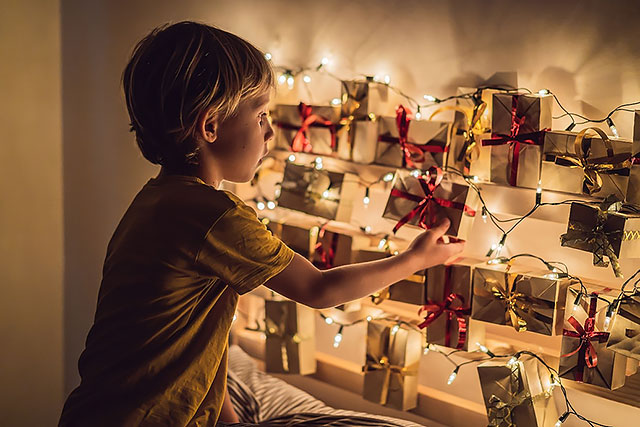
Advent Calendar: History & Meaning
For most people, it is impossible to imagine the pre-Christmas season without it. But where does the tradition of opening a little door each day actually come from? How long have Advent calendars been around and how have they changed over time?

